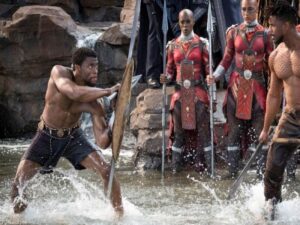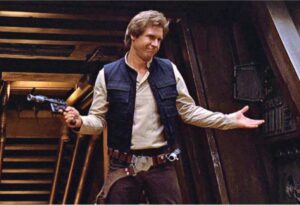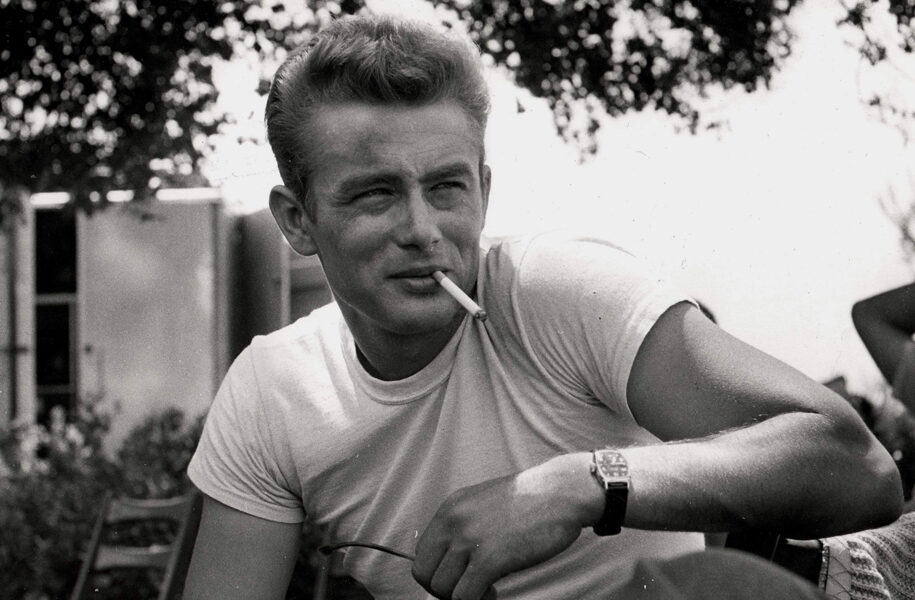What do you picture when you think of confident, fearless movie characters? In the past, you might’ve picked Jim Stark or Harry Callahan as your favorite persona. But now, it’s clear that film has improved its approach to those warrior and rebellious archetypes. In 2020, we can look at “coolness” through a new lens.
So how do we define “coolness” in today’s film landscape? Here are three ways this ideal has evolved over time.
1. Women and POC Tell Worthwhile Tales, Too

It’s no secret that film can be discriminatory. If you compare 1950s movies to today’s features, you’ll notice various wins for women and POC representation. There’s still work to be done on many levels, but you can find more high-grossing films that highlight diverse casts. In 2018, 40% and 30% of leads were given to women and POC, respectively.
Due to this push for representation, we’ve rewritten “coolness” to apply to women and POC, too. Take “Black Panther,” for example. Would a black actor like Chadwick Boseman have played a superhero 30 years ago? As a society, we’ve realized that women and POC tell stories where they can play awesome characters as well. That’s a distinct improvement from when Hollywood first started.
From Taraji P. Henson as Katherine Johnson in “Hidden Figures” to Charlize Theron as Imperator Furiosa in “Mad Max: Fury Road,” we’ve started to witness “coolness” represented for everyone.
2. It’s No Longer Attractive to Smoke Cigarettes
When did you last see an actor smoke cigarettes on your TV? Unless you’re into period pieces like “Mad Men,” you’ve probably observed that cigarettes aren’t used for films or shows as much anymore. We used to watch rebels and warriors smoke a cigarette before they jumped into battle. Once Americans realized tobacco cuts 10 years off your life, executives made some changes.
This shift has helped audiences grasp that “coolness” doesn’t equate with cigarettes. However, you can still find films and shows that use similar props. A show geared to teenagers and young adults may have characters that smoke e-cigarettes or vapes. These depictions aren’t as striking as other tobacco products that plagued earlier cinema, but they continue to be influential.
On-screen smoking can urge teenagers to try tobacco at an earlier age. While your favorite movies and shows may not feature characters who smoke, you can still find related props if you look for them. The “coolness” factor has moved from one product to a more modern version.
3. “Coolness” Doesn’t Necessarily Mean Wickedness

If you saw a movie 50 years ago, you’d probably define a “cool” character as someone like a cowboy or gangster. These days, it’s more common to consider various personality types to be brave, strong, and bold. While we still love James Bond and John Wick, you can also appreciate Jess Bhamra in “Bend It Like Beckham,” or Elle Woods in “Legally Blonde.” These characters offer a new perspective.
In other words, our preferences have evolved to appreciate each individual archetype by more than its definition. A caregiver or mentor character can appear as brave or strong as a ruler character. This transformation has much to do with how filmmakers tell stories. Like we covered earlier, we’re now more inclined to create and watch media about women and POC. As a result, it’s opened our eyes to new truths.
Let’s take a look back at early films. Did anyone make a film where a woman or POC was depicted as more than a dutiful wife or caregiver? They were cast into roles dependent on stereotypes. In general, women working on sets or behind the scenes became much less prominent after silent movies were abandoned for “talkies.” It wasn’t until 1954 that we’d see a character like Annie Oakley take Hollywood.
As a result, we’ve adjusted our expectations to reconsider how we envision those “cool” characters.
Today’s Bravest and Boldest Characters Have Changed Drastically
It’s always insightful to take a deep dive into how cinema evolves. The “cool” characters we once appreciated have now taken on new forms. Audiences will know and adore characters like Indiana Jones and Han Solo forever. But today’s film landscape allows for a diverse look at how society defines confidence and strength—or, in other words, the “coolness” factor.

